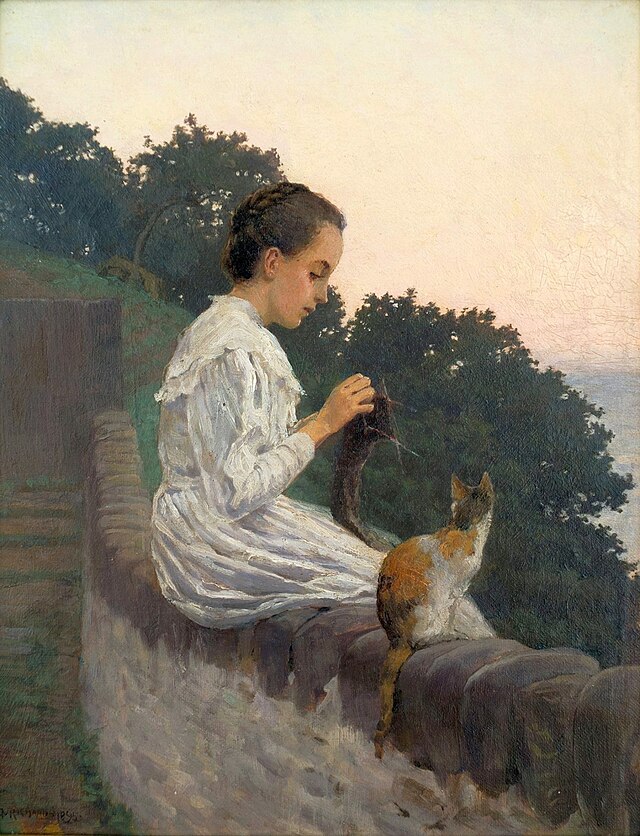Disclaimer: contains spoilers
For a young viewer, one of the most striking things about Russell T. Davies’ recent five-episode series It’s A Sin is how timeless the dynamic between the main group of friends feels. In the midst of the HIV and AIDS crisis that devastated countless communities worldwide and especially impacted the LGBTQ+ community, the bonds formed within the characters’ chosen family remain a central source of strength through the tragedy. Unsurprisingly, Davies, an out man who lived through the epidemic during the 1980s, has a personal connection to the series’ subject. The authenticity that Davies brings to the show is unmistakable and puts It’s A Sin‘s portrayal of a community devastated by AIDS well above its contemporaries.
The care taken with the characters’ personalities and the moments of love and joy in their lives is so well-written and consistent as to feel effortless. There are inside jokes, playful jabs and quotidien morning routines. These are characters who deal with mortgages and finding employment alongside clubbing and seeking relationships. The decision to flesh out the characters to such a detailed extent is purposeful; in explaining the emotional connection viewers felt with the show’s characters, Davies explains that “the sun is there. They’re not just defined by their deaths. In It’s a Sin, they are defined by the lives that they lived.” Worth mentioning is the poignancy of the cast’s performances — particularly Olly Alexander’s turn as Ritchie Tozer, a gay aspiring actor who has yet to come out of the closet to his parents. Tozer, an eventual victim of HIV and AIDS, embodies a joy and vulnerability that resists tired coming-out tropes. Similarly engrossing are Lydia West, who plays Ritchie’s friend and eventual AIDS activist Jill Baxter, and Keeley Hawes as Ritchie’s mother, Valerie Tozer. Valerie, a mother who has to process her son’s diagnosis and gay identity, could have easily been an underwhelming character, but her journey exposed something that feels intense and specific. Even the guest appearances by out gay stars (the likes of Stephen Fry and Neil Patrick Harris) feel organic while imbuing their own charm into the show. There is a hint of this intimate quality in the POC narratives in the show, though those characters’ experiences are woefully underexplored. The effects of the intersection of homophobia and racism on the casts’ POC characters are suggested but are never investigated to a fuller extent.
Along with the strengths that allow It’s A Sin to stand out among AIDS narratives are the common pitfalls that it succumbs to, albeit in subtle ways. Though the show takes careful steps not to villainize victims of AIDS or the lifestyles of the show’s sexually active characters, it ultimately still blames Ritchie’s death on Valerie and the shame that her homophobia instilled in her son. After Ritchie falls ill, Valerie persistently denies Ritchie’s closest friends a chance to visit him, and, by the show’s finale, Jill and Valerie have developed a strained relationship. When told the news of Ritchie’s death, Jill, the show’s patron saint of AIDS activism, confronts Valerie’s anguish at her son’s death by telling her “Actually, it is your fault Mrs. Tozer — all of this is your fault.” While I acknowledge the intent of the scene and agree that societal homophobia was a cause for the apathy that significantly slowed progress to find cures for HIV and AIDS, it remains that the scene assigns partial blame for the virus’ spread to a single character. In a show that took steps not to simplify the experiences of those affected by the AIDS epidemic, this scene is a low point. Aside from the fact that no one person should be blamed for the virus’s spread, the scene moralizes the virus in a futile way. No individual, no matter how saintly, can reasonably stop an epidemic.
Valerie’s malicious treatment of her son’s primary support system is worthy of rebuke, and it is tempting to make Jill’s mistake and look to her for a scapegoat. It’s A Sin rightfully condemns the homophobic prejudice that slowed the funding of governmental research efforts to find a cure, but it is not doing the cause any favors by telling a character that the death of her son is “her fault.” The best we can all do to reduce a virus’s spread is find strength in togetherness, educate those around us and work to do better in the future. It is a harder scene to write, but a much more honest one.







